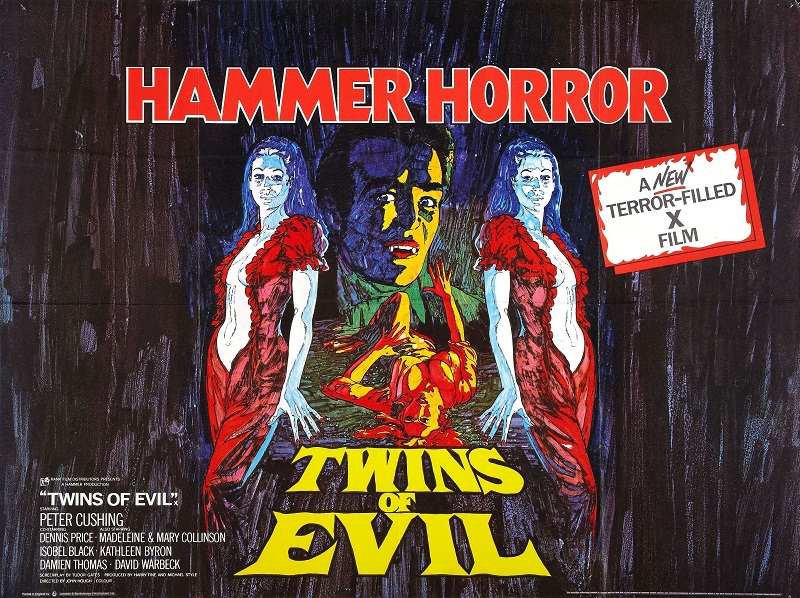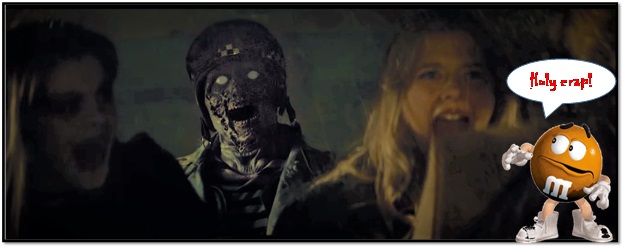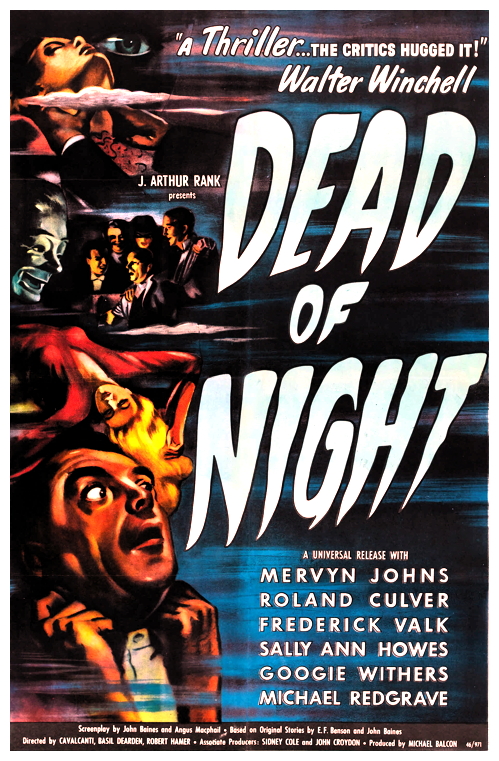Fantasia 2017, Day 14, Part 1: 78/52
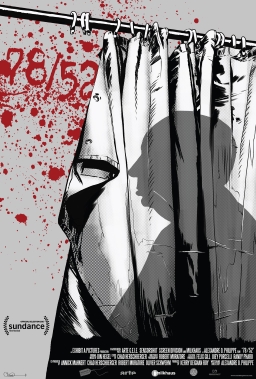 On Wednesday, July 26, I watched three movies at the Fantasia Film Festival. The first, which I’ll write about here, was a documentary about film itself. Or, more precisely, a single movie. Or, even more precisely, a single scene of a single movie. Directed by Alexandre Philippe, 78/52 is a 91-minute film that takes an in-depth look at one of the most famous sequences in cinematic history: the shower scene in Hitchcock’s Psycho.
On Wednesday, July 26, I watched three movies at the Fantasia Film Festival. The first, which I’ll write about here, was a documentary about film itself. Or, more precisely, a single movie. Or, even more precisely, a single scene of a single movie. Directed by Alexandre Philippe, 78/52 is a 91-minute film that takes an in-depth look at one of the most famous sequences in cinematic history: the shower scene in Hitchcock’s Psycho.
Opening with a quote from Edgar Allan Poe — “The death of a beautiful woman is unquestionably the most poetical topic in the world” — the movie examines the scene from all angles. We hear about its place in film history, in the context of 1960, in Hitchcock’s career. We hear about its structural significance in Psycho, about its symbolic significance. We learn about the technical processes by which the scene was put together, its edits and sound cues and of course the soundtrack music. We hear an analysis of the acting. And we learn about the reaction of the first audiences to what was one of the most startling moments in film history.
The conceit of the black-and-white film is that we see interviewees in different greenscreen-composited rooms of the Bates Motel discussing different aspects of the scene. I didn’t find that really worked — the lack of interaction between the rooms and interview subjects means there’s no sense of connected space between them — but the material’s strong enough to make up for it. 78/52 presents an in-depth analysis of its subject without being dry or pedantic. Without making too many overstated claims, it effectively establishes the importance of the shower scene. Different perspectives bring out the subtexts at work. The complexity of the scene’s established, and also a sense of mystery, a sense that it has a kind of depth that can’t really be explicated however much it’s talked about.
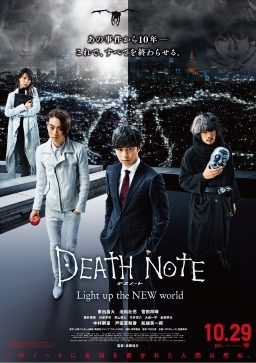 On Tuesday, July 25, I watched two movies at the Fantasia Film Festival. One was Atomic Blonde, which I’ve
On Tuesday, July 25, I watched two movies at the Fantasia Film Festival. One was Atomic Blonde, which I’ve  I had two events on my Fantaisa Festival schedule for Monday, July 24. First, I planned to see a stop-motion film from Japan called Junk Head. Then, I’d go to see a presentation by author Grady Hendrix of his book Paperbacks From Hell, about the boom of horror paperbacks in the 70s and 80s. I’d end up speaking briefly with Hendrix after his presentation, which led to my interviewing him for Black Gate; you can see that interview
I had two events on my Fantaisa Festival schedule for Monday, July 24. First, I planned to see a stop-motion film from Japan called Junk Head. Then, I’d go to see a presentation by author Grady Hendrix of his book Paperbacks From Hell, about the boom of horror paperbacks in the 70s and 80s. I’d end up speaking briefly with Hendrix after his presentation, which led to my interviewing him for Black Gate; you can see that interview 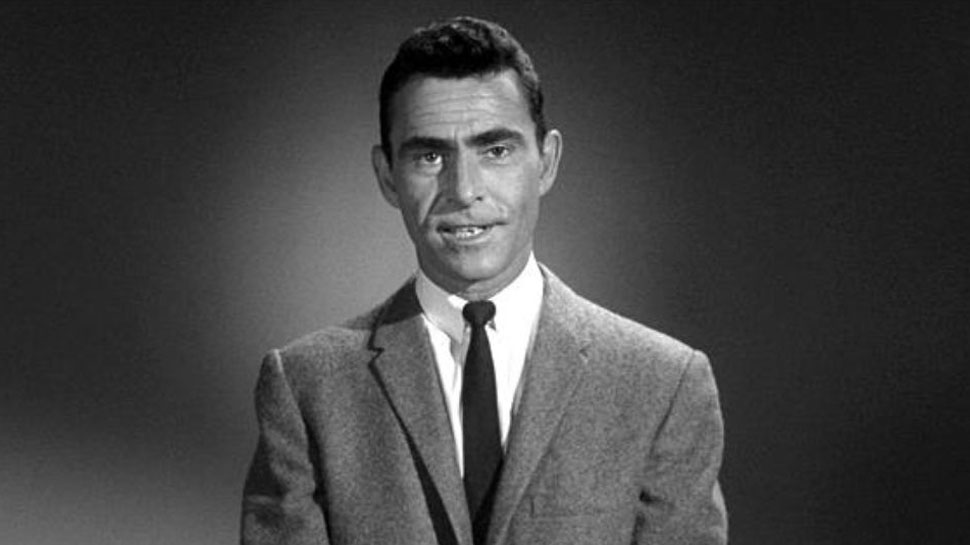

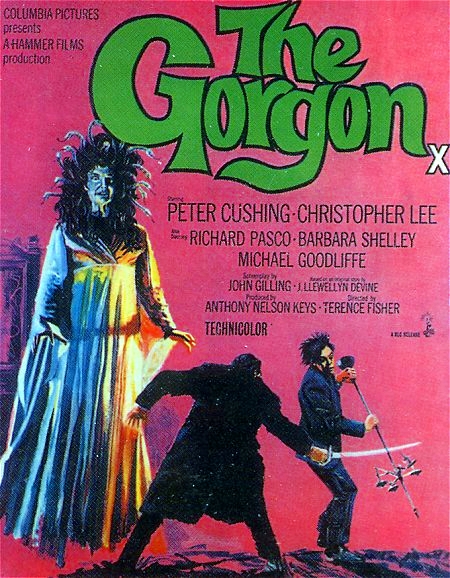
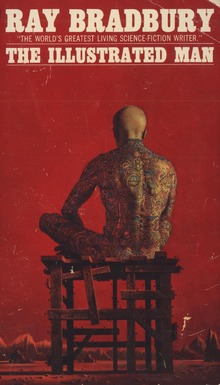 I often find that the idea of something is more frightening than the thing itself – unless you have a phobia, of course, in which case the reality is much, much worse than you imagined.
I often find that the idea of something is more frightening than the thing itself – unless you have a phobia, of course, in which case the reality is much, much worse than you imagined.